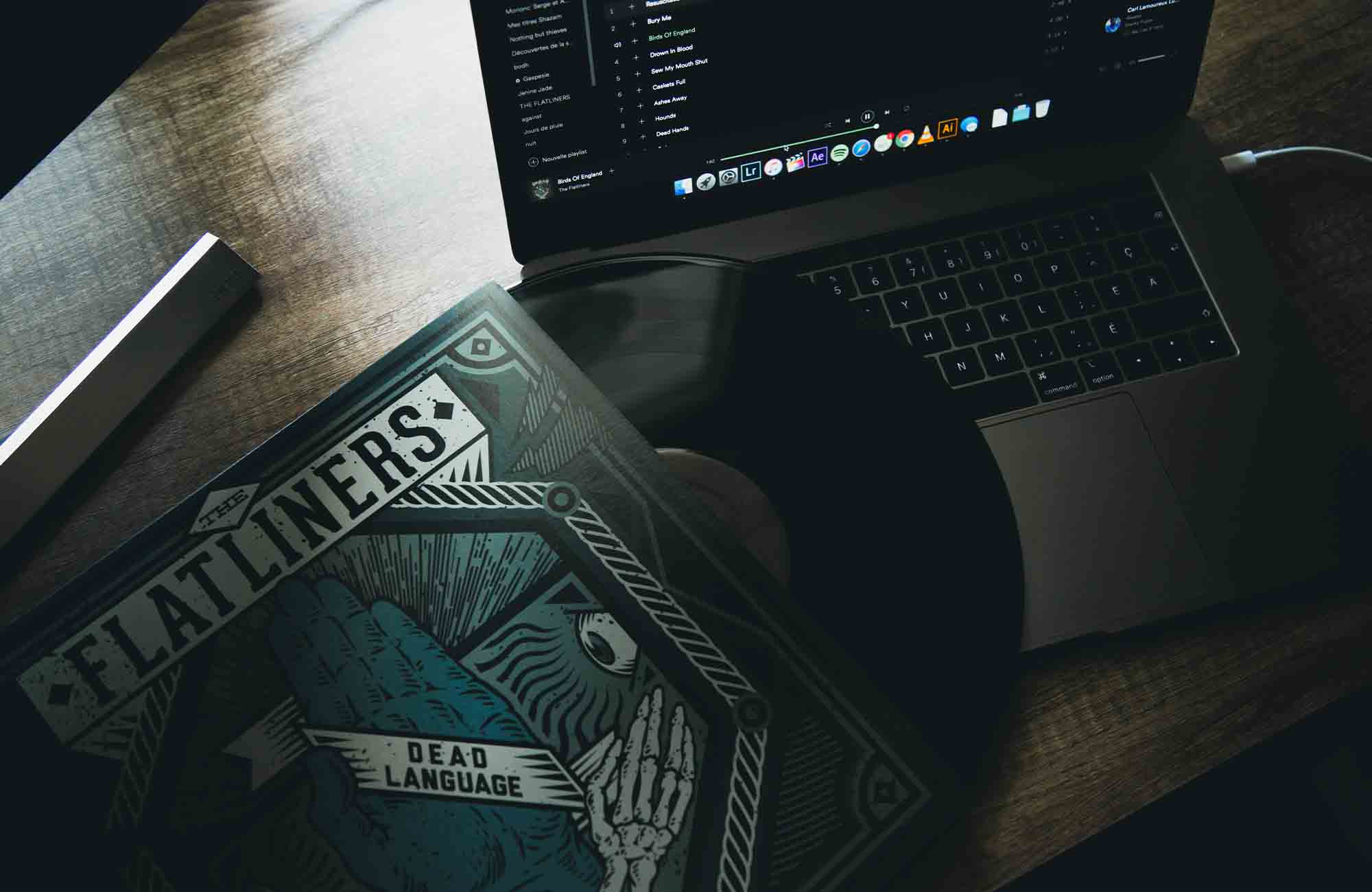
Music Streaming Payouts: What Artists Really Earn
In the evolving landscape of the music industry, the rise of streaming services like Apple Music, Spotify, Tidal, and Deezer has revolutionized the way we access and enjoy music. However, this transformation has also ignited a heated debate about the financial impact on the artists whose music populates these platforms. In this blog post, we’ll dive deep into the economics of music streaming, exploring how much artists actually earn from these services and the factors that influence these earnings.
The Economics of Streaming
Streaming services have become the dominant mode of music consumption, surpassing physical sales and digital downloads. This shift has been driven by the convenience and breadth of content available, as well as the subscription-based model that allows unlimited access to music for a monthly fee. However, despite their popularity among consumers, there’s been ongoing scrutiny regarding the compensation models for artists.
How Streaming Services Pay Artists
The payment model for artists on streaming platforms is complex and varies from service to service. Generally, these platforms operate on a pro-rata payment system, where the total revenue generated from subscribers and advertisements is pooled and then distributed to rights holders based on the proportion of total streams their music represents. This means that the more a song is played, the more its rights holders get paid from the pool.
Spotify
Spotify, one of the largest streaming platforms, has been particularly transparent about its payment processes. It reports paying out billions of dollars to rights holders yearly, with the average “per stream” payout ranging from $0.003 to $0.005. However, this rate can vary based on factors such as the user’s country and whether the listen came from a paid subscription or an ad-supported account.
Apple Music
Apple Music is reported to pay slightly more per stream than Spotify, with estimates suggesting payouts of $0.005 to $0.01. Apple’s model also operates on a pro-rata basis, but with a subscriber base that is more skewed towards paid users, it can afford to pay a bit more per stream.
Tidal
Tidal, known for its high-fidelity streaming and artist-friendly approach, reportedly pays the highest per stream rate, which can be as much as $0.012. Tidal has positioned itself as a platform that prioritizes fair compensation for artists, which is reflected in its higher payout rates.
Deezer
Deezer’s payout rates are similar to Spotify’s, with variations based on the listener’s subscription type and country. The platform has also experimented with a “user-centric” payment model, which aims to allocate a listener’s subscription fee directly to the artists they listen to, rather than pooling the revenue.
Factors Influencing Earnings
The amount an artist earns from streaming is influenced by several factors beyond just the per stream rate. These include:
- Distribution Deals: Artists signed with labels or distribution platforms may only see a fraction of the streaming royalties after their respective cuts are taken.
- Ownership of Rights: Independent artists who retain full rights to their music can potentially earn more per stream than those who are part of a label, as they don’t have to split royalties.
- Market Differences: Streaming rates can vary significantly by country, influenced by the local advertising market and subscription fees.
- Freemium vs. Premium: Streams from premium (paid) subscribers typically pay more than streams from freemium (ad-supported) users.
The Bigger Picture
While per-stream payouts from streaming services may seem small, especially for emerging artists, they are only one part of a broader revenue ecosystem. Live performances, merchandising, licensing, and social media monetization can also contribute significantly to an artist’s income. Additionally, the exposure and accessibility provided by streaming services can lead to opportunities that might not have been possible in the pre-streaming era.
The Role of Data and Analytics in Maximizing Earnings
In the digital age, data and analytics play a crucial role in helping artists and their teams make informed decisions about their careers. Streaming platforms provide a wealth of data, offering insights into listener demographics, geographic popularity, and engagement patterns. By analyzing this data, artists can target their marketing efforts more effectively, plan tours in cities with high listener concentrations, and even tailor their music production to the tastes of their most engaged fans.
Advocacy and Future Models for Fairer Compensation
As discussions around streaming royalties continue, various stakeholders in the music industry are advocating for changes to ensure fairer compensation for artists. These include calls for transparency in streaming algorithms, the exploration of alternative payment models such as the aforementioned user-centric model, and legislative action to protect artists’ rights and revenues. The conversation around streaming royalties is part of a larger dialogue about the value of art and creativity in the digital economy, challenging industry players and consumers alike to reconsider how we value and support the creators of the music that forms the soundtrack to our lives.
Conclusion
The relationship between artists and streaming services is complex and continually evolving. While streaming has democratized access to music and provided artists with a platform to reach global audiences, it has also raised questions about fair compensation and the long-term sustainability of the music industry’s economic models. The discussion around these issues is ongoing, with artists, services, and listeners all playing crucial roles in shaping the future of music consumption and creation. As the industry moves forward, finding a balance that supports both the artistic community and the platforms that host their work will be key to ensuring a vibrant and diverse musical landscape.
Browse Beats & Instrumentals
Check out my extensive catalog of more than 500 custom-made beats and instrumentals, available for free download or licensing.


No Comments